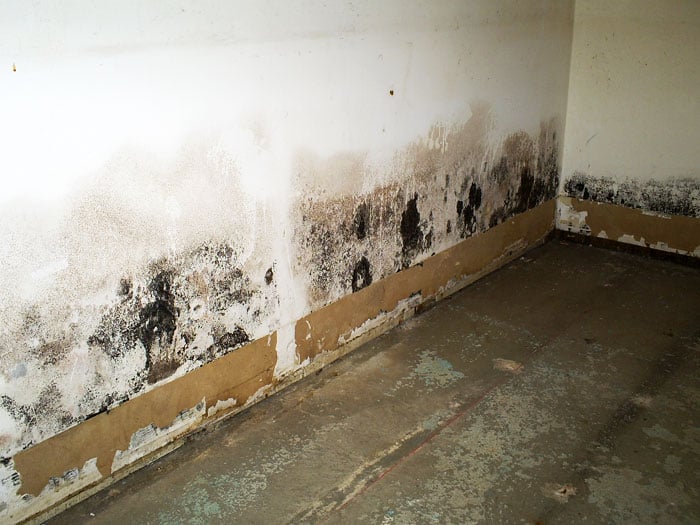Do's & Don'ts of Water Damage.
Do's & Don'ts of Water Damage.
Blog Article
Right here down the page you can discover a good deal of sound information and facts around Ways to Reduce The Risk Of Fire And Water Damage.

Water provides life, however water breach on some parts where it's not supposed to be can result in damage as well as hassle. In addition, homes with water damages smell stuffy and old.
Water can originate from several sources like typhoons, floods, burst pipes, leakages, and also drain problems. If you have water damage, it's much better to have a working understanding of safety precautions. Here are a couple of standards on how to take care of water damages.
Do Prioritize House Insurance Policy Insurance Coverage
Seasonal water damage can originate from floodings, seasonal rains, as well as wind. There is also an incident of an unexpected flood, whether it originated from a defective pipeline that suddenly breaks right into your home. To safeguard your house, get house insurance coverage that covers both acts of God such as natural catastrophes, and emergency situations like damaged plumbing.
Do Not Fail To Remember to Switch Off Utilities
When catastrophe strikes and also you remain in a flood-prone location, shut off the main electric circuit. Switching off the power avoids
electrical shocks when water can be found in as water acts as a conductor. Don't fail to remember to shut off the major water line valve as a method to stop more damage.
Maintain your furniture steady as they can relocate about as well as cause additional damage if the floodwaters are getting high.
Do Remain Proactive and also Heed Weather Condition Alerts
If you live in a location tormented by floods, stay prepared and proactive at all times. Listen to the news and evacuation cautions if you live near a body of water like a creek, river, or lake.
Don't Overlook the Roofing System
Your roofing professional needs to take treatment of the faulty gutters or any other indicators of damages or weakening. An examination will certainly protect against water from moving down your wall surfaces and saturating your ceiling.
Do Take Note Of Little Leakages
A ruptured pipe doesn't happen in a vacuum cleaner or over night. There are red flags that can draw your attention as well as indicate to you some weakened pipelines in your house. Signs of warnings in your pipes include bubbling paint, peeling wallpaper, water streaks, water spots, or leaking audios behind the wall surfaces. There are indicators that the pipeline will burst. Do not wait for a rise if you see these indicators. Repair as well as evaluate your plumbing repaired prior to it causes enormous damage to your residence, financial resources, and a personal nightmare.
Do Not Panic in Case of a Burst Pipe
Timing is key when it comes to water damage. If a pipeline bursts in your house, quickly closed off your main water valve to cut off the resource and stop even more damage. Call a credible water damages remediation professional for support.
Water offers life, yet water intrusion on some components where it's not expected to be can result in damages and trouble. In enhancement, residences with water damage odor mildewy and also old.
Seasonal water damage can come from floods, seasonal rainfalls, and wind. Signs of red flags in your pipes include bubbling paint, peeling wallpaper, water touches, water discolorations, or trickling audios behind the walls. If a pipe bursts in your home, promptly closed off your primary water valve to cut off the source and avoid even more damages.
Are Water Mitigation and Water Damage Restoration the Same Thing?
When are Water Mitigation Services Needed?
Water intrusion can come from small sources like a dishwasher leak or larger ones like rainwater causing inches of standing water in a basement. Other instances of damage that call for water mitigation services include:
Sewer backup, sump pump failure, or clogged toilets Toilet wax seal failure Shower pan corrosion Pipe leaks and ruptures Washer or icemaker line breaks HVAC drain line blockage A leaking roof Moisture behind walls Foundation cracks Mold Mold is a good example to illustrate how water mitigation works. We’ve often found that clients we do mold remediation services for had existing water damage issues that ended up leading to the mold damage. When performing water mitigation we look for what’s causing the water problem and for ways to stop mold before it multiplies and becomes a bigger concern.
Are You Currently Experiencing a Water Disaster?
If you’re in the middle of a water intrusion disaster, here are some important dos and don’ts to follow:
Don’ts:
Safety first! Do not enter a room with standing water until the electricity has been turned off! A regular household vacuum should never be used to pick up water. Never use electrical appliance if standing on a wet floor or carpet. Leave visible mold alone. Dos:
Call a water mitigation professional as soon as possible. Mold and other damage can begin within hours of a water intrusion. Mop and blot up as much water as possible. Remove non-attached floor coverings and mats but leave wall-to-wall carpeting removal to a pro. If there are window coverings like draperies that touch the water, loop them through a hanger and put them up on the rod. Remove wet cushions to dry and wipe down soaked furniture. Move valuables like paintings, photos, and art objects to a dry location. Books should be left tightly packed on shelves until it’s determined if they need specialized drying. Prop open closets, cabinets, and drawers to allow them to air out. https://cfrsfl.com/blog/are-water-mitigation-and-water-damage-restoration-the-same-thing/

As an enthusiastic person who reads about Reducing Your Risk Of Water And Fire Damage At Home, I thought sharing that piece of content was smart. Sharing is good. Helping people is fun. I recognize the value of reading our article about 5 Home Safety Tips To Reduce The Risk Of Fire And Water Damage.
Report this page